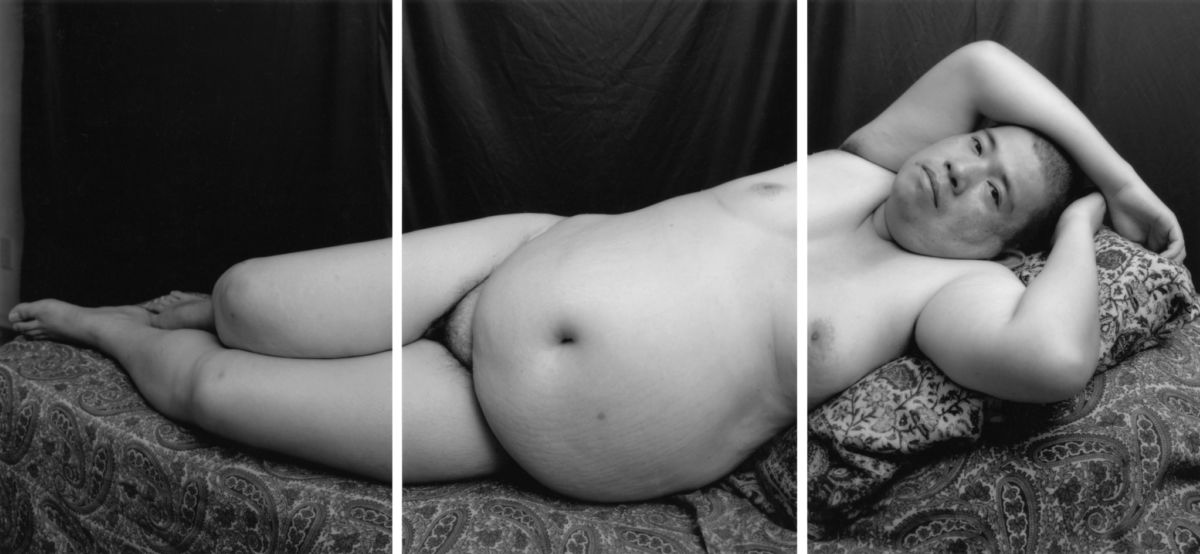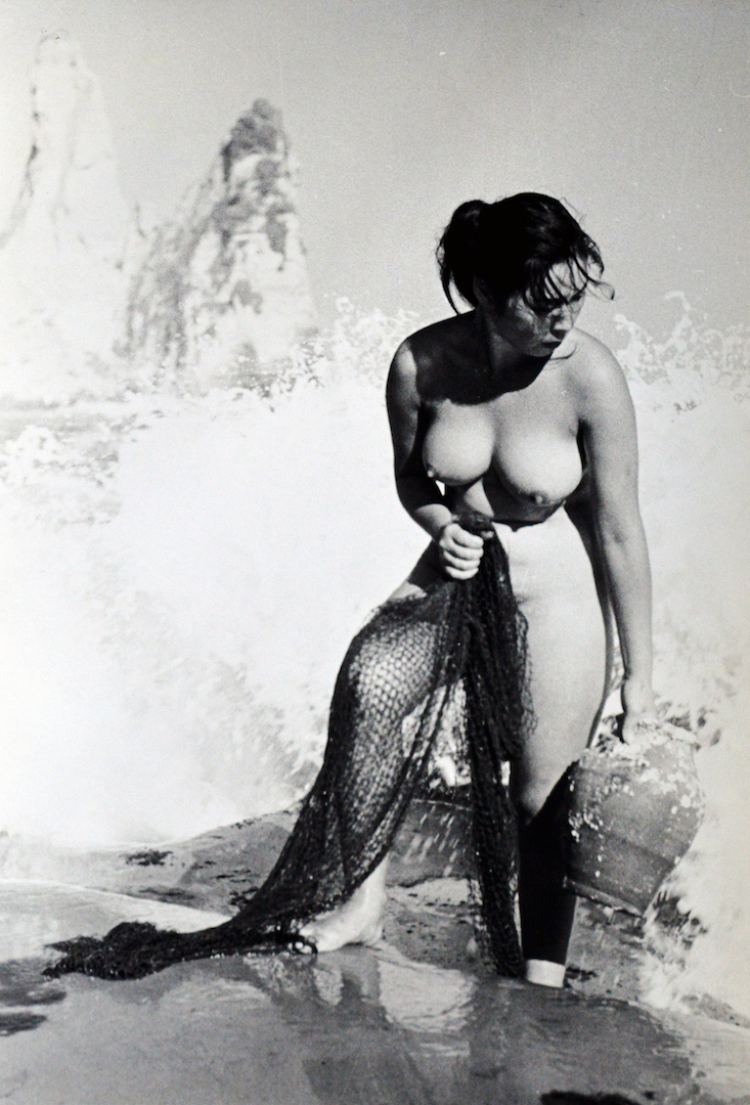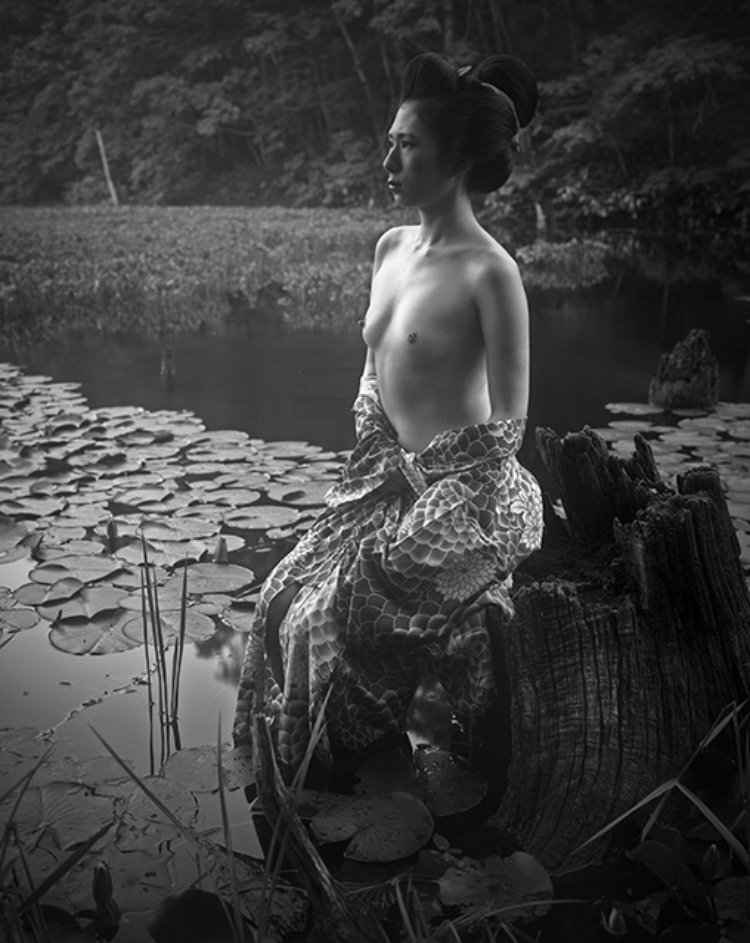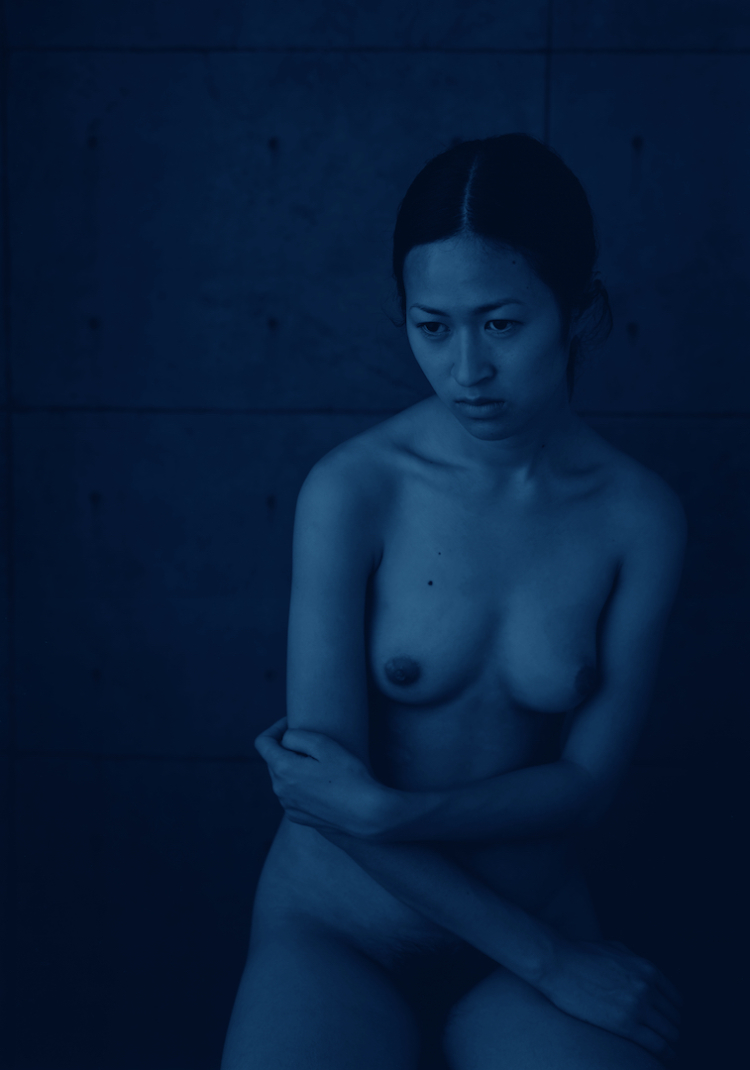- Exhibitions
- Archive
- Japanese Nudes
Exhibition
Japanese Nudes
March 15 till September 8, 2019

Photo: Izu Kenro
From 15 March to 8 September Japanese Museum SieboldHuis will present the exhibition ‘Japanese Nude’. This exhibition illustrates the development in Japanese nude photography from the 19th century to the present. The works of over 30 top photographers, including Araki Nobuyoshi, Moriyama Daido, Hosoe Eikoh, Izu Kenro and Honjo Koro reveal their artistic vision of nudity. Foreign influence and changing perceptions in Japanese society on gender, nudity and sexuality are on display in over 120 photographs.

Photo: Takano Ryudai, Kikuo (Reclining Woo-man), 1999. Credits: Copyright Takano Ryudai ? Courtesy Yumiko Chiba Associates
The development of photography in Japan
In 19th century Japan photography was immediately accepted as a “copy of the truth”. A commercial version soon emerged for the (Western) tourist market with images of semi-clad Geishas emulating the exotic and erotic Japanese bathing ritual.

By the early 20th century photography was no longer seen as only a copy of the world but had also developed as an art form. Photographs were given a soft focus and were transformed giving them a dramatic character such as those of Unto Nakayama (act. 20th century).

Photo: Nakayama Unto, Naakt, begin 1930. Credits: Collectie IBASHO, Antwerpen
The 1930’s saw widespread experimentation in the field of photography including the introduction of various techniques and trends. Amongst trends was ‘New Photography’ which was based on a movement known as ‘New Objectivity’. The naked female body began to be seen as an aesthetic object. At the same time a counter movement known as photorealism emerged in which photographs were seen to reflect and record Japanese traditions such as those in the works of Iwase Yoshiyuki (1904 - 2001). Iwase’s ‘Pearl Divers’ is a famous example of this movement.

Photo: Iwase Yoshiyuki, Zonder titel, circa 1955. Credits: Copyright The Estate of Yoshiyuki Iwase / Courtesy Eric Franck Fine Art, London
Subsequently movements such as social realism, subjective and experimental photography arose. In the latter genre artistic boundaries were sought and exceeded. Good examples can be found in the intuitive, grainy and blurred photographs of Moriyama Daido (1938 - ) and the surrealistic and abstract works by Honjo Koro (1907-1995).

Photo: Honjo Koro, Nude 3, ca 1951-1954. Credits: Copyright The Estate of Honjo Koro / Courtesy Kicken, Berlijn
The heyday of erotic photography was in the 1980s and 90s. Araki Nobuyoshi (1940 -) is famous for his pornographic photographs of women in bondage. He was also the first Japanese photographer who kept a diary, which added a very personal and intimate touch to his works.

Photo: Araki Nobuyoshi, Untitled from the series Allurin Hell, 2008. Credits: Copyright Araki Nobuyoshi, collectie Bert Sliggers/Andrea de Wilde Courtesy Relfex, Amsterdam
Photographs by younger generations illustrate new trends, but also the influence and recognition of the works of previous generations. Gondaira Taichi (1956-) for example used his camera to document the classical beauty of the female body to pay homage the fading traditional Japanese values and way of life.

Photo: Gondaira Taichi, Morning of summer, 2013. Credits: Copyright Gondaira Taichi / Courtesy IBASHO, Antwerpen
The works of young female photographers Nomura Sakiko (1967-), Hosokura Mayumi (1979-) and Okabe Momo (1981-) provide a fresh view of the naked body. The overall character of the works of these young female photographers is that the prevailing male view of the female body as a sex object has come under fire.

Photos: Sakiko Nomura from the series Nude / A Room / Flowers, 2012

Photos: Ryudai Takano from the series 'With me', 2010

Photo: Photographer Hal, #07_Rem & Marina from Fleshlove, 2010. Copyright Photographer Hal, Courtesy of IBASHO, Antwerp, Belgium

Photo: Izu Kenro, BLUE #1070B, 2004. Copyright and collection Izu Kenro

Photo: Fukase Masahisa, Untitled, from Family, 1970s. Copyright and courtesy of Masahisa Fukase Archives

Photo: Takano Ryudai, Kikuo (Reclining Woo-Man), 1999. Copyright Takano Ryudai. Courtesy of Yumiko Chiba Associates, Tokyo, Japan

